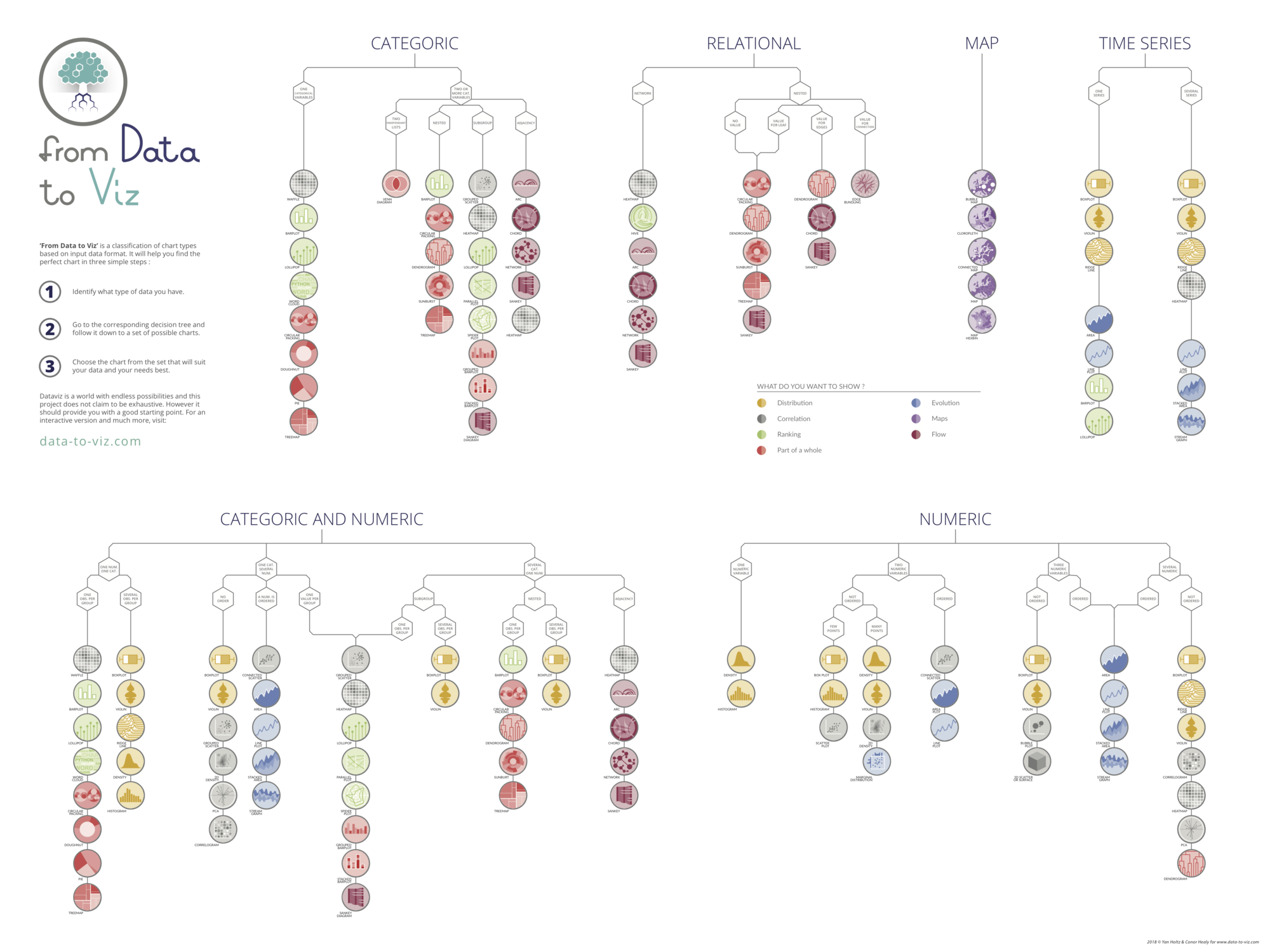Using a color palette
Using a palette can help discriminate between several groups and get a better sens of data. You may refer to Seaborn documentation for extensive information on this topic.
Our palette comes from the PyPalettes library.
# libraries & dataset
import seaborn as sns
import matplotlib.pyplot as plt
from pypalettes import load_palette
sns.set_theme(style="darkgrid")
df = sns.load_dataset("iris")
palette = load_palette("Acadia", keep_first_n=3)
sns.boxplot(hue=df["species"], y=df["sepal_length"], palette=palette)
plt.show()/Users/josephbarbier/l/The-Python-Graph-Gallery/.venv/lib/python3.13/site-packages/seaborn/categorical.py:700: PendingDeprecationWarning: vert: bool will be deprecated in a future version. Use orientation: {'vertical', 'horizontal'} instead.
artists = ax.bxp(**boxplot_kws)
/Users/josephbarbier/l/The-Python-Graph-Gallery/.venv/lib/python3.13/site-packages/seaborn/categorical.py:700: PendingDeprecationWarning: vert: bool will be deprecated in a future version. Use orientation: {'vertical', 'horizontal'} instead.
artists = ax.bxp(**boxplot_kws)
/Users/josephbarbier/l/The-Python-Graph-Gallery/.venv/lib/python3.13/site-packages/seaborn/categorical.py:700: PendingDeprecationWarning: vert: bool will be deprecated in a future version. Use orientation: {'vertical', 'horizontal'} instead.
artists = ax.bxp(**boxplot_kws)
Applying a uniform color
Of course you can easily apply an uniform color to every boxes. Find a list of the numerous colors you can use here. The most common ones are
b: blue
g: green
r: red
c: cyan
m: magenta
y: yellow
k: black
w: white
# libraries & dataset
import seaborn as sns
import matplotlib.pyplot as plt
sns.set_theme(style="darkgrid")
df = sns.load_dataset("iris")
sns.boxplot(x=df["species"], y=df["sepal_length"], color="skyblue")
plt.show()/Users/josephbarbier/l/The-Python-Graph-Gallery/.venv/lib/python3.13/site-packages/seaborn/categorical.py:700: PendingDeprecationWarning: vert: bool will be deprecated in a future version. Use orientation: {'vertical', 'horizontal'} instead.
artists = ax.bxp(**boxplot_kws)
Specifying a color for each distribution
Specifying colors 'by hand' is quickly performed by creating a dictionnary composed of 'category': 'color' pairs as key:value, such as we did in the following example with my_pal.
# libraries & dataset
import seaborn as sns
import matplotlib.pyplot as plt
sns.set_theme(style="darkgrid")
df = sns.load_dataset("iris")
my_pal = {"versicolor": "g", "setosa": "b", "virginica": "m"}
sns.boxplot(hue=df["species"], y=df["sepal_length"], palette=my_pal)
plt.show()/Users/josephbarbier/l/The-Python-Graph-Gallery/.venv/lib/python3.13/site-packages/seaborn/categorical.py:700: PendingDeprecationWarning: vert: bool will be deprecated in a future version. Use orientation: {'vertical', 'horizontal'} instead.
artists = ax.bxp(**boxplot_kws)
/Users/josephbarbier/l/The-Python-Graph-Gallery/.venv/lib/python3.13/site-packages/seaborn/categorical.py:700: PendingDeprecationWarning: vert: bool will be deprecated in a future version. Use orientation: {'vertical', 'horizontal'} instead.
artists = ax.bxp(**boxplot_kws)
/Users/josephbarbier/l/The-Python-Graph-Gallery/.venv/lib/python3.13/site-packages/seaborn/categorical.py:700: PendingDeprecationWarning: vert: bool will be deprecated in a future version. Use orientation: {'vertical', 'horizontal'} instead.
artists = ax.bxp(**boxplot_kws)
Highliting a particular group
You may want to highlight one distribution among others, and this can be done again by creating a custom palette dictionnary, such as before.
# libraries & dataset
import seaborn as sns
import matplotlib.pyplot as plt
sns.set_theme(style="darkgrid")
df = sns.load_dataset("iris")
my_pal = {
species: "r" if species == "versicolor" else "b" for species in df.species.unique()
}
sns.boxplot(hue=df["species"], y=df["sepal_length"], palette=my_pal)
plt.show()/Users/josephbarbier/l/The-Python-Graph-Gallery/.venv/lib/python3.13/site-packages/seaborn/categorical.py:700: PendingDeprecationWarning: vert: bool will be deprecated in a future version. Use orientation: {'vertical', 'horizontal'} instead.
artists = ax.bxp(**boxplot_kws)
/Users/josephbarbier/l/The-Python-Graph-Gallery/.venv/lib/python3.13/site-packages/seaborn/categorical.py:700: PendingDeprecationWarning: vert: bool will be deprecated in a future version. Use orientation: {'vertical', 'horizontal'} instead.
artists = ax.bxp(**boxplot_kws)
/Users/josephbarbier/l/The-Python-Graph-Gallery/.venv/lib/python3.13/site-packages/seaborn/categorical.py:700: PendingDeprecationWarning: vert: bool will be deprecated in a future version. Use orientation: {'vertical', 'horizontal'} instead.
artists = ax.bxp(**boxplot_kws)
Adding transparency to your figure
I personally think that charts look better with transparency. I find out how to do it using mwaskom's Github post.
If you want to dig deeper on the matter, you can start with matplotlib documentation on Artist objects.
# libraries & dataset
import seaborn as sns
import matplotlib.pyplot as plt
sns.set_theme(style="darkgrid")
df = sns.load_dataset("iris")
# usual boxplot, plotted on a matplotlib.axes object named ax
ax = sns.boxplot(x="species", y="sepal_length", data=df)
# adding transparency to colors
for patch in ax.artists:
r, g, b, a = patch.get_facecolor()
patch.set_facecolor((r, g, b, 0.3))
plt.show()/Users/josephbarbier/l/The-Python-Graph-Gallery/.venv/lib/python3.13/site-packages/seaborn/categorical.py:700: PendingDeprecationWarning: vert: bool will be deprecated in a future version. Use orientation: {'vertical', 'horizontal'} instead.
artists = ax.bxp(**boxplot_kws)






